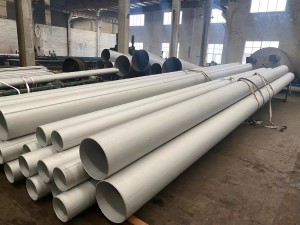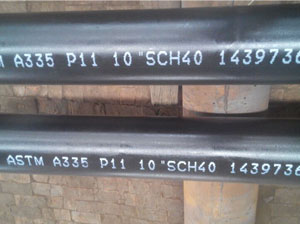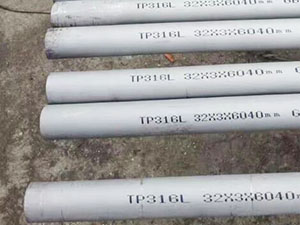How Does Friction Welding Work?
The process for performing a friction weld depends on which type of friction welding being used:
Rotary friction welding: During rotary friction welding, at least one of the materials being joined is round. This round material is rotated rapidly through the use of a motorized holding device. The material rotates at a very high rotational speed and then either disengages or remains engaged once the desired speed is achieved. The materials being joined (at least one static and at least one rotating) are then put in contact with one another under a certain amount of pressure. This combination of speed and pressure creates heat and the friction weld. Once the rotation ends and the weld is made, the joint is allowed to cool for a set amount of time and the force creating the pressure is removed. Depending on the application, post-weld machining may be required as the weld will typically be convex.
Linear friction welding: Linear friction welding is similar to rotary friction welding, with a couple exceptions. First, neither of the parts have to be round. Because of this, a rapid oscillating motion is used rather than a rotary motion. Once the rapid oscillating velocity is reached, the parts are forced together, then allowed to cool once the motion stops and the force creating the pressure is removed. Depending on the application, post-weld machining may be required as the weld will typically be convex.
Friction stir welding: Friction stir welding uses a non-consumable tool to produce the velocity, pressure and heat needed to make the friction weld. During the friction stir welding process, the tool is spun at a rapid rate and plunged into the weld joint. The tool continues to deliver pressure and velocity as it travels along the length of the weld joint, welding the materials together as it travels.
What Metals Can Friction Welding Be Used On?
Many different types of metals can be joined using friction welding. In fact, some materials that cannot be joined through other welding methods can be joined through the use of friction welding. Even some dissimilar weld joints can be made with friction welding. This is because solid-state welding processes do not require fusion, so metal incompatibilities encountered in the molten state are not an issue. Common metals that are joined through friction welding processes include





